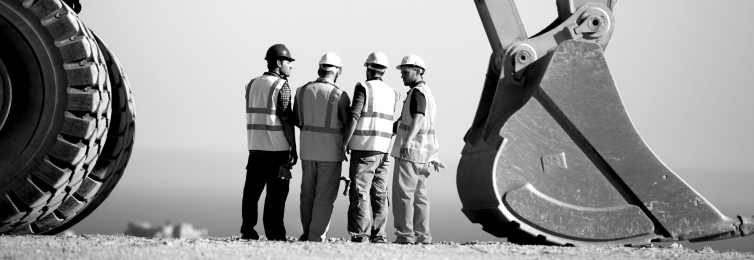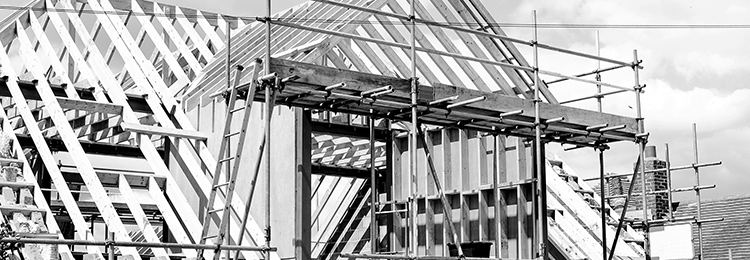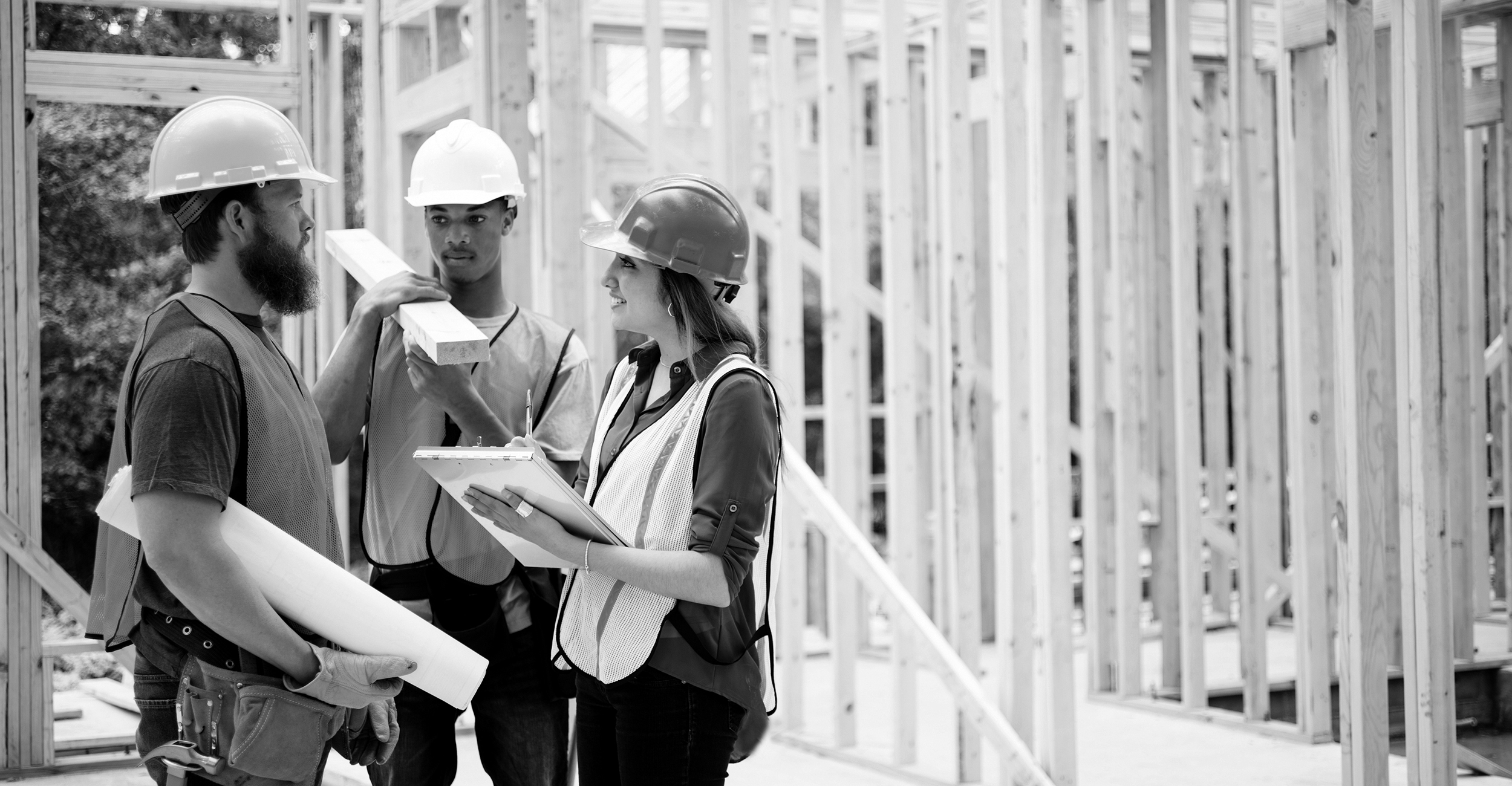Saying that construction workers put their lives on the line every day is no exaggeration. About one in five workplace deaths in the U.S. occurs in the construction industry—the second-most of any industry. But what’s the cause behind these fatalities, and what can be done to prevent them?
The Job-Site Safety Institute (JSI), in partnership with Builders Mutual, recently funded research to answer those critical questions. Backed by JSI, Dr. Dong Zhao, associate professor of construction management at Michigan State University, analyzed historical data from the U.S. Bureau of Labor Statistics to identify fatality trends within the residential construction industry and help improve job-site safety.
Josh Maher, Senior Risk Management Consultant from Builders Mutual, and Dr. Zhao recently discussed the top accident trends identified in the research and provided job-site safety recommendations so contractors can ensure that deadly mistakes from the past aren’t repeated in the future.
Falling comes in first.
Maher reports that since he began in the construction industry 20 years ago, falls from height have consistently been the most dangerous job-site accident.
Zhao’s research, pulled from available data from 2014 to 2018, confirms Maher’s anecdotal findings: falls from height remain the No. 1 cause of worker fatalities. In particular, falls from one level to another are a key reason, and falls from about 10 to 15 feet are the riskiest.
Why have falls continued to claim the top spot in fatalities? While accidents do happen, it’s usually the result of workers not wearing their fall protection gear or not wearing it properly. Careless activities, like jumping from one ladder to another instead of climbing down, also contribute to these deaths.
According to Maher, preventing falls comes down to two main issues:
- Training. From the first day on the job, workers should be taught the proper way to wear their harnesses—and then reminded on a steady basis through safety talks or the use of training materials.
- Safety culture. Even with the right equipment and training in place, companies will only see a return on their safety investment if management makes fall protection a priority by stressing its importance day in and day out.
Fatalities from falls—or any cause—do more than impact workers’ health. They also affect the health of a contractor’s business, significantly lowering their experience modification rating (EMR), or MOD rating, putting them in danger of higher premiums and losing out on bids.
The use of drugs and alcohol is rising.
According to Zhao’s research, more workers are dying from drugs and alcohol on the job-site. And it’s not because they’re impaired and then suffer an accidental fall or misuse equipment. It’s actually because they’ve died from alcohol poisoning or overdose.
This finding may be surprising, but it makes sense, Zhao explained, because “workers are under an increasing amount of pressure and their mental health is suffering.” Since the research covers the period up until 2018, the rate of such mental health crises has undoubtedly risen with the economic and health effects of the pandemic.
Aside from having zero-tolerance policies and screening programs in place, it’s important that workers have access to mental health resources and support. Help your workers find a clinic or be flexible so they can take some time to manage any substance use challenges.
Size of the firm makes a difference.
About 80 percent of job-site fatalities occur in companies with 10 or fewer employees, according to Zhao’s research. Smaller contractors tend to work in the residential sector, and fatalities have been increasing there the fastest compared with the commercial or civil sectors.
Unlike their larger peers, smaller contractors often don’t have the resources to afford a dedicated safety coordinator or the time to focus on safety when production takes precedence.
But size should never be an obstacle to a safer job-site. Safety doesn’t have to be a huge investment. Contractors can start off with simple things like adopting safety policies or having new employees start on the ground, instead of on the roof, until they gain more experience. Smaller firms can also adopt and adapt best practices used by larger firms, Zhao said.
Smaller firms also have an advantage. They are often family-owned and run. “Getting workers to care for each other’s safety is an easy step,” Maher explained.
Experience matters—until it gets in the way.
Since most workers at construction sites are generally new to their positions, those with just one to two years of experience are the group most likely to suffer a job-site fatality.
Job-site experience deficits are being compounded by today’s labor shortage, forcing companies to hire more and more inexperienced workers. What’s worse, Maher has found, supervisors may be more reluctant to discipline workers who don’t follow safety policies out of fear of losing employees.
On the flip side, Zhao’s research indicates that workers in their 40s and 50s are at higher risk of fatalities. Why? Experience doesn’t automatically translate into safety. Workers who have been around awhile may get complacent or rely on bad habits formed when they were younger. Zhao cited the case of a worker with 39 years of experience who died in a job-site accident.
Contractors need to pay attention to both inexperienced hires and their aging workers, who may also be struggling with physical limitations, such as bad backs or shoulders.
Know what’s happening in your firm.
Trends are important to understand, but to help prevent potential hazards, contractors need to track and compare causes of their own incidents and near misses. By understanding what’s going on within their own firms, they can create tailored prevention programs that address their unique needs.
Maher and the rest of the Builders Mutual Risk Management team are experts at helping contractors of all sizes develop personalized safety programs. It starts with a meeting to discuss safety goals and the development of a custom service plan to reach those goals.
From performing job-site safety audits and loss analysis reviews to providing safety training materials in English and Spanish and conducting annual Safety Stand Down events, Builders Mutual can help contractors get out in front of deadly job-site hazards. Contact your risk management consultant to discuss how to make your job-site safer today.




 Find an
Find an